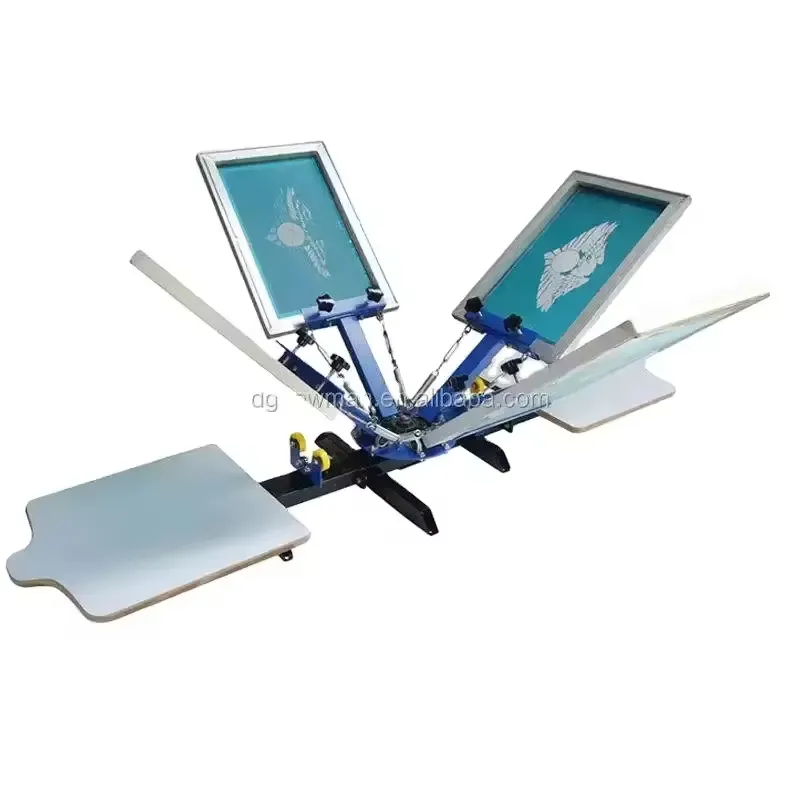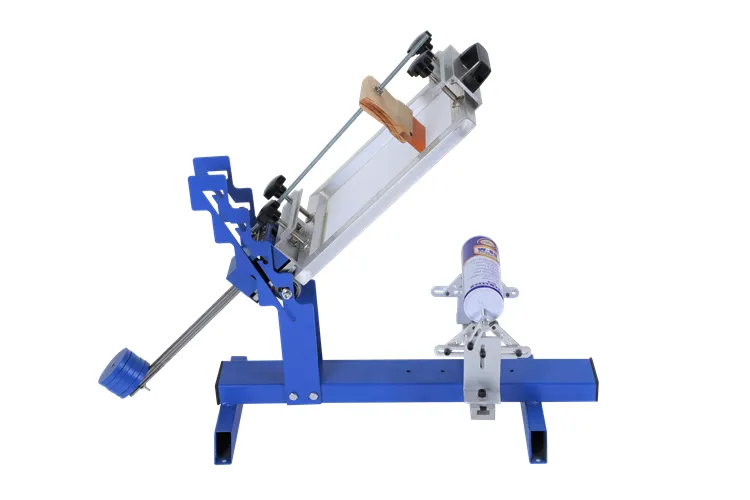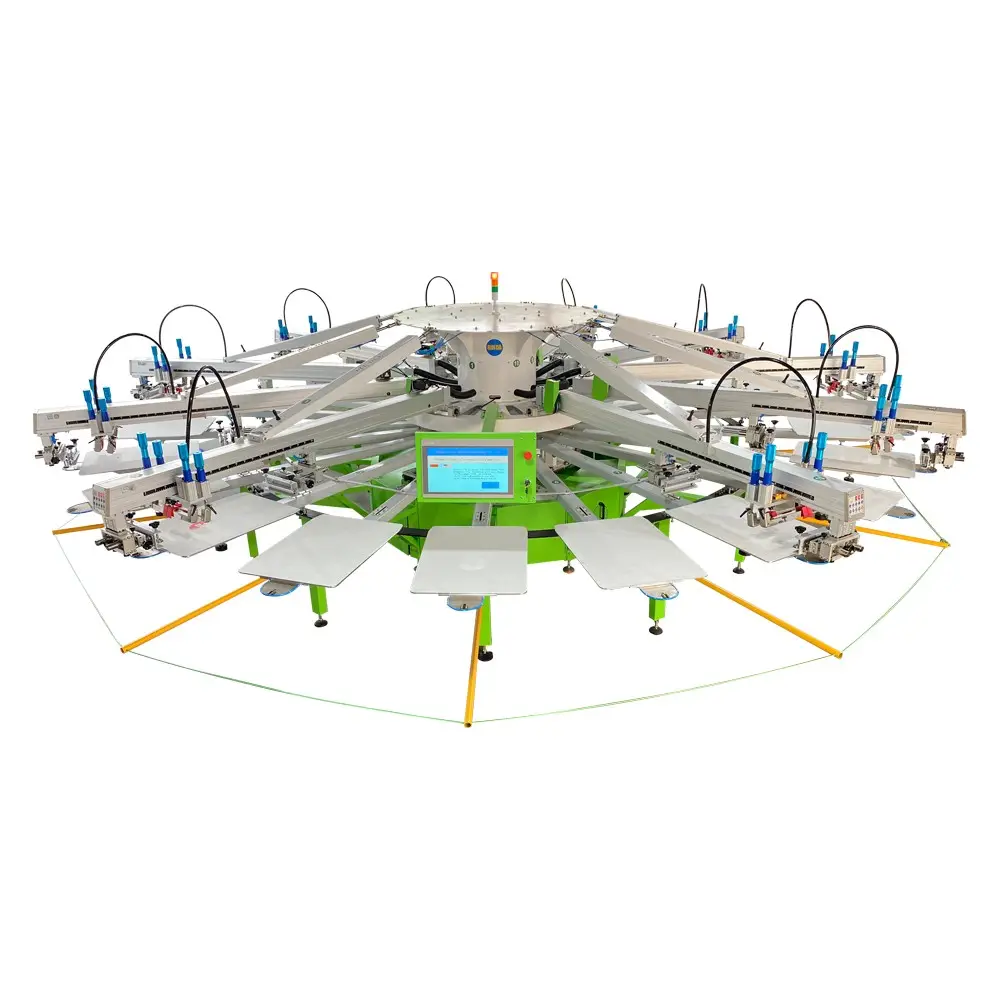Enhanced Production Efficiency and Cost-Effectiveness
Screen printing exposure units dramatically improve production efficiency through several key features. The integration of digital timing systems allows for precise exposure control and reproducible results, reducing waste and rework. The ability to store multiple exposure programs enables quick changeover between different job specifications, minimizing setup time and increasing throughput. Energy-efficient LED technology significantly reduces power consumption compared to traditional exposure methods, leading to lower operational costs. The extended lifespan of LED systems, often exceeding 50,000 hours, minimizes maintenance requirements and replacement costs. The units' user-friendly interface reduces operator training time and minimizes the potential for human error, contributing to improved workflow efficiency and reduced production bottlenecks.


